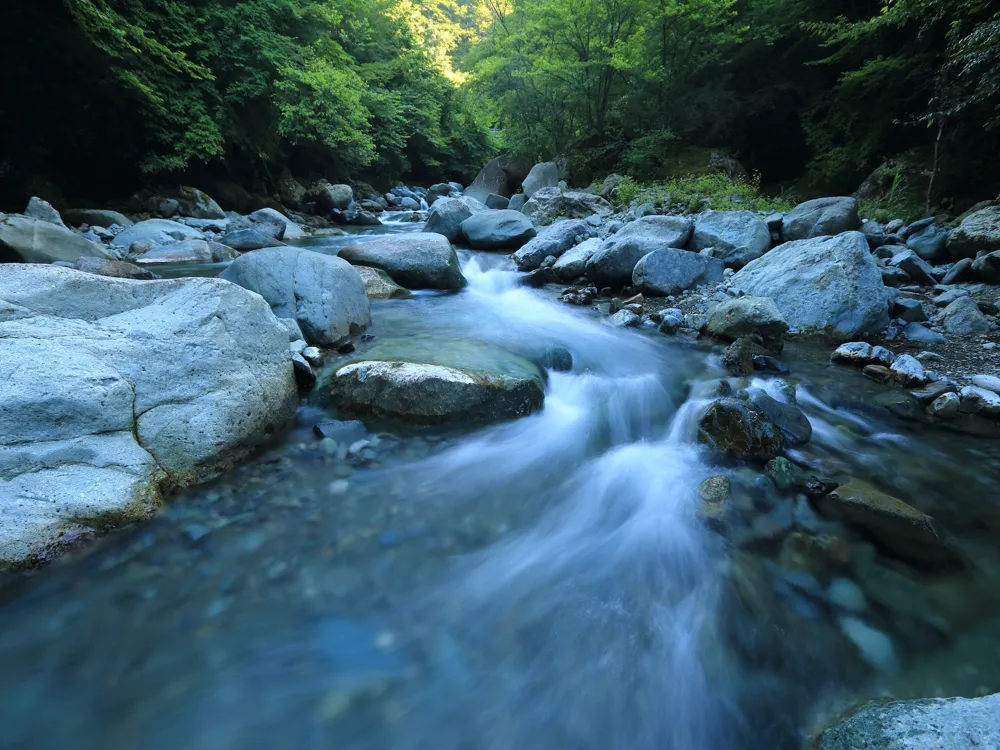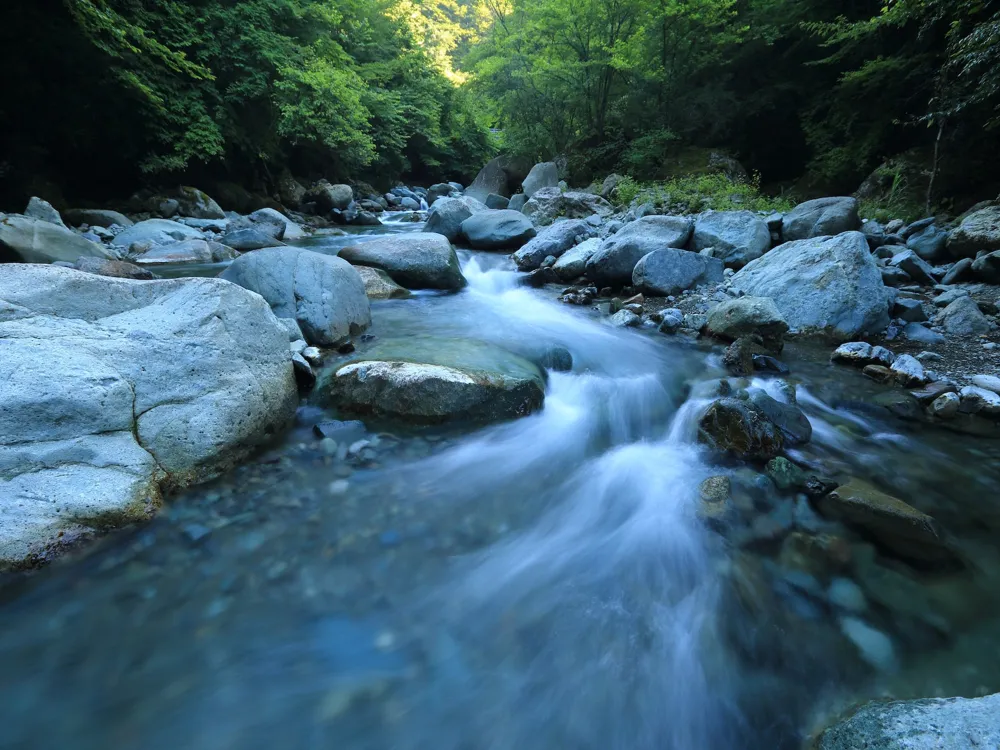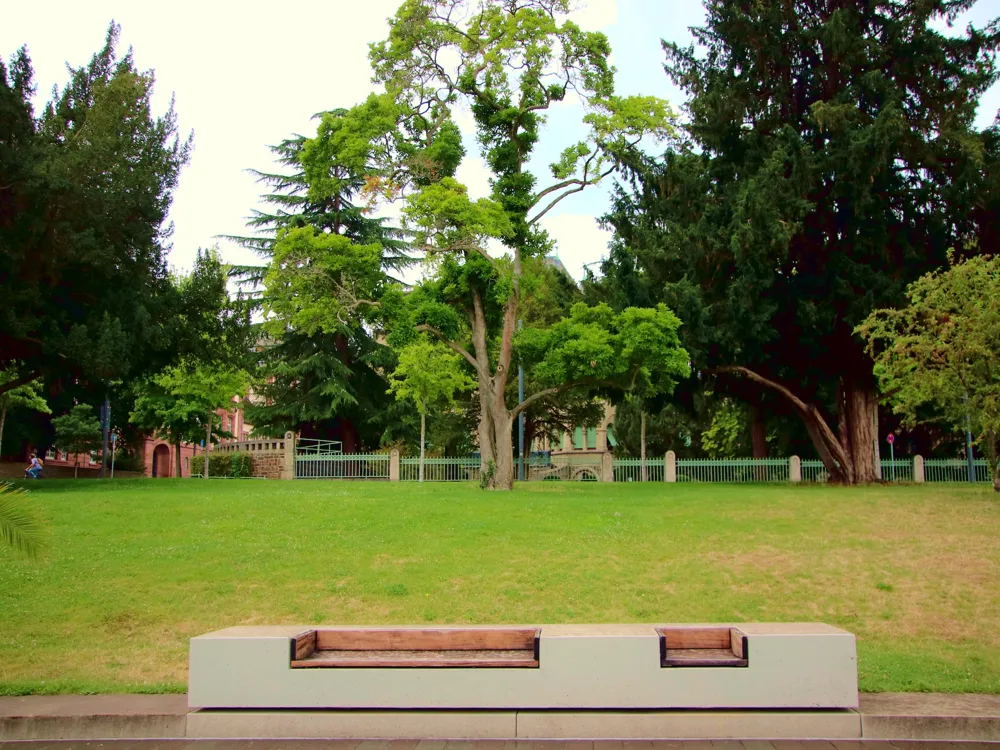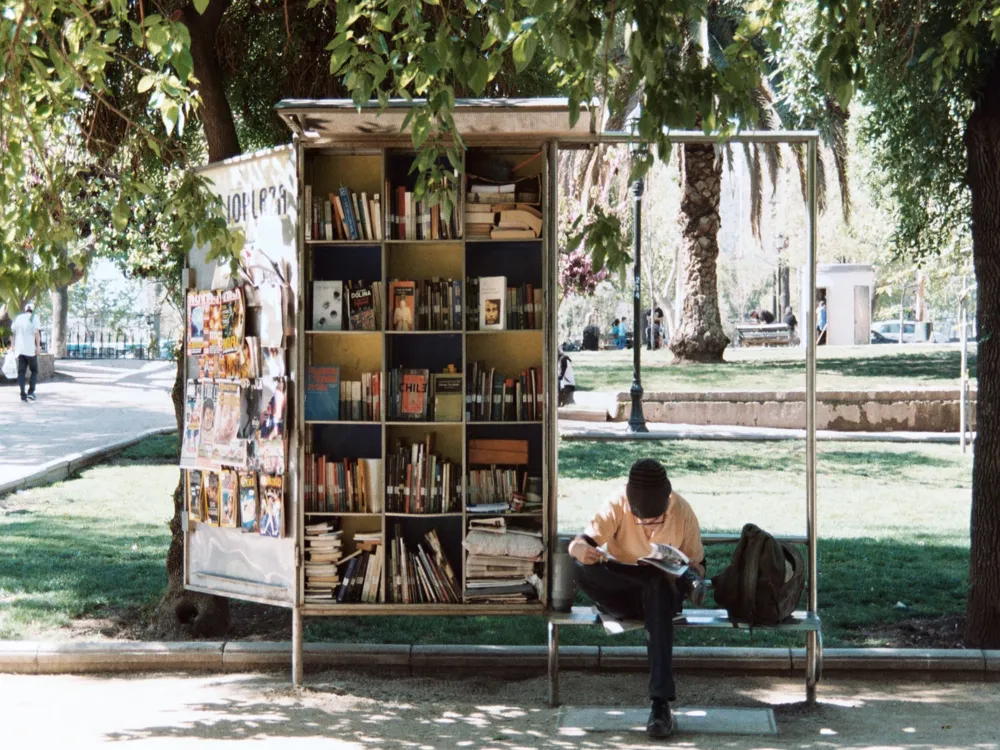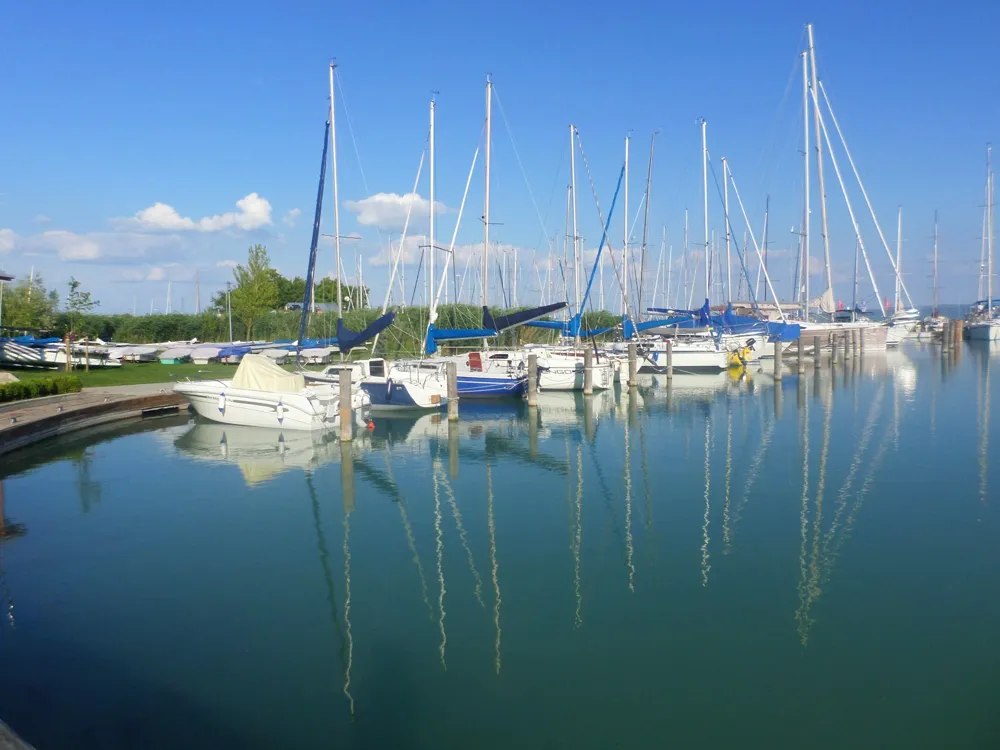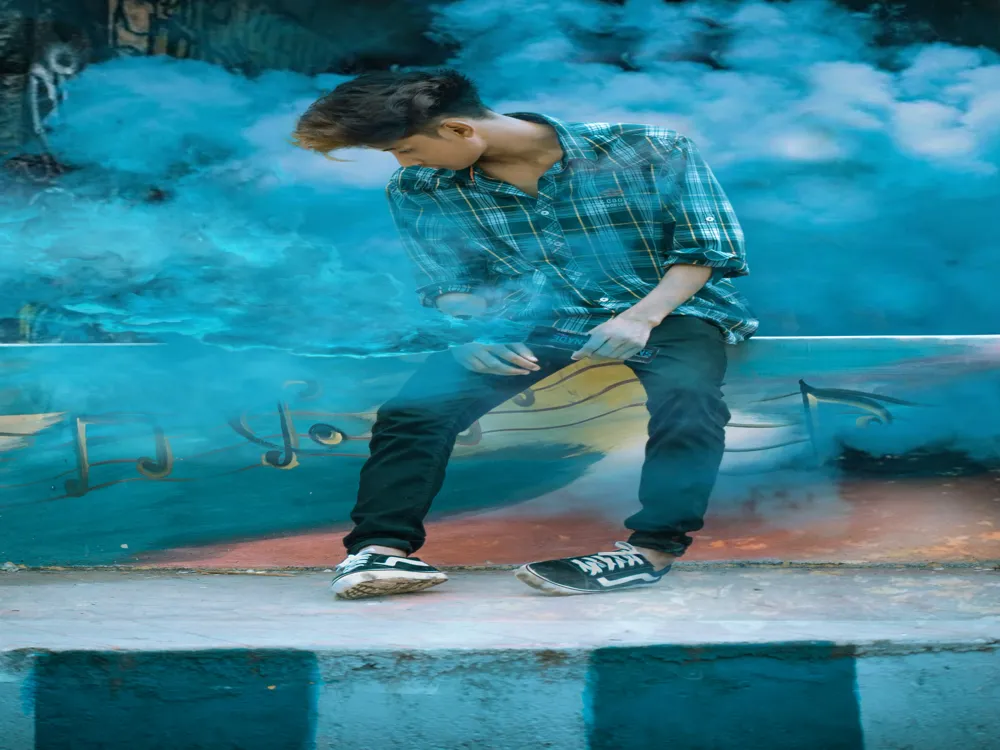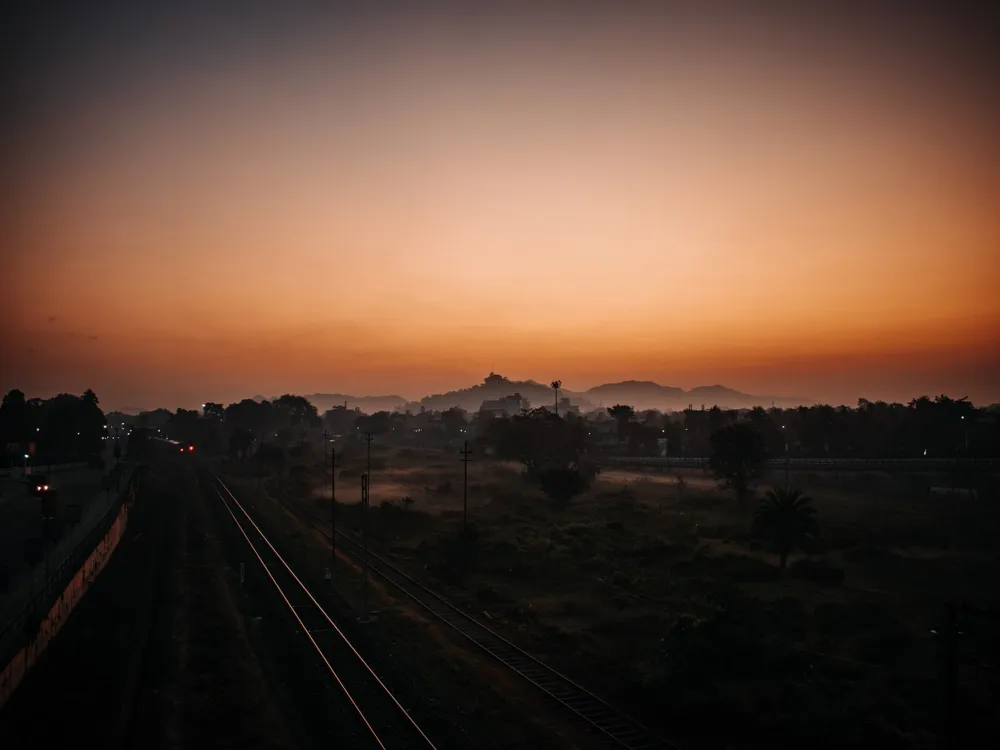Barpeta, a vibrant town in the Indian state of Assam, is a gem waiting to be discovered. Known for its rich cultural heritage and picturesque landscapes, Barpeta serves as a gateway to the North-Eastern part of India. This charming town is not just a geographical entity but a tapestry of Assamese culture and traditions. From its bustling streets to the serene countryside, Barpeta encapsulates the essence of Assamese life. Historically, Barpeta has been a significant center for Neo-Vaishnavite culture, established by the revered saint Srimanta Sankardeva. The town's spiritual aura is palpable in its numerous 'Satras' (Vaishnavite monasteries), which attract pilgrims and tourists alike. These Satras are not just places of worship but are custodians of the traditional Assamese art, craft, and classical dance forms like Sattriya. The natural beauty of Barpeta is equally captivating. Nestled amidst lush green landscapes, it is bordered by the mighty Brahmaputra River, adding to its scenic beauty. The town's proximity to the Manas National Park makes it a haven for wildlife enthusiasts. The park, a UNESCO Natural World Heritage site, is home to a diverse range of flora and fauna, including the rare and endangered Bengal Tiger. Barpeta's socio-cultural fabric is enriched by its diverse population comprising various ethnic groups and communities. This diversity is reflected in the town's festivals, cuisine, and daily life. Bihu, the most celebrated festival in Assam, sees Barpeta come alive with vibrant dances, traditional music, and an array of delicious Assamese dishes. In terms of economy, Barpeta has a mixed profile. Agriculture remains the backbone, with rice, mustard, and jute being the main crops. The town is also known for its traditional industries like handloom and handicrafts, particularly silk weaving and bell metal crafting. These industries not only form an integral part of the local economy but also contribute to preserving the rich heritage of Assam. Barpeta, Assam, is not just a place of natural beauty but also a repository of unique architectural styles that reflect its rich cultural history. The architecture in Barpeta is a fascinating blend of traditional Assamese and colonial influences, making it a visual treat for architecture enthusiasts and historians. The most prominent architectural features of Barpeta are its Satras. These monasteries, with their simplistic yet elegant designs, are exemplary of the Neo-Vaishnavite architectural style. The Satras are characterized by their ‘Namghar’ (prayer hall) and ‘Monikut’ (shrine). The Namghars, with their spacious halls and large open spaces, serve as the epicenter of religious and cultural activities. The Monikuts are adorned with intricate carvings, depicting scenes from Indian mythology, particularly from the life of Lord Krishna. Apart from the Satras, Barpeta is dotted with ancient temples and mosques, each bearing its own architectural significance. The Barpeta Satra, for example, stands as a testament to the architectural prowess of the Assamese craftsmen of the past. Its wooden structures, designed without the use of nails, showcase the ingenuity of traditional Assamese architecture. Colonial architecture in Barpeta presents a contrast to its indigenous styles. The British-era buildings, with their brick walls and tiled roofs, are reminiscent of the colonial period. These structures often blend European architectural styles with local elements, presenting a unique fusion that adds to the town’s architectural diversity. Contemporary architecture in Barpeta is evolving, with modern designs gradually making their way into the town's skyline. However, this evolution is balanced with a strong sense of preservation, ensuring that the traditional architectural essence of Barpeta is not lost. Barpeta is best visited between November and March when the weather is pleasant. This period avoids the heavy monsoon rains and the extreme summer heat, making it ideal for exploring the town and its surroundings. Respect the local customs and traditions, especially when visiting religious sites. Dress modestly, remove shoes before entering sacred places, and always ask for permission before taking photographs. Barpeta offers a range of accommodation options, from budget stays to more comfortable lodgings. Don't miss out on trying local Assamese cuisine, which is both delicious and unique, with dishes like fish tenga and duck curry. For local travel, auto-rickshaws and rented bicycles are convenient and affordable options. For longer distances, hiring a car or using local buses is advisable. Always carry basic medications and be aware of the nearest healthcare facilities. Drinking bottled or purified water is recommended to avoid waterborne diseases. Barpeta is well-connected and easily accessible. The nearest airport is Lokpriya Gopinath Bordoloi International Airport in Guwahati, which is about 90 kilometers away. From the airport, one can hire taxis or take buses to reach Barpeta. The town also has its own railway station, Barpeta Road, which is well-connected to major cities in India. For those preferring to travel by road, a network of national and state highways links Barpeta to other parts of Assam and neighboring states. Read More:Overview of Barpeta, Assam
Architecture of Barpeta
Tips When Visiting Barpeta
Best Time to Visit
Local Customs and Etiquette
Accommodation and Food
Local Transportation
Health and Safety
How To Reach Barpeta
The Brahmaputra River
Barpeta
Assam
NaN onwards
View barpeta Packages
Barpeta Travel Packages
View All Packages For Barpeta
Top Hotel Collections for Barpeta

Private Pool

Luxury Hotels

5-Star Hotels

Pet Friendly
Top Hotels Near Barpeta
Other Top Ranking Places In Barpeta
View All Places To Visit In barpeta
View barpeta Packages
Barpeta Travel Packages
View All Packages For Barpeta
Top Hotel Collections for Barpeta

Private Pool

Luxury Hotels

5-Star Hotels

Pet Friendly







